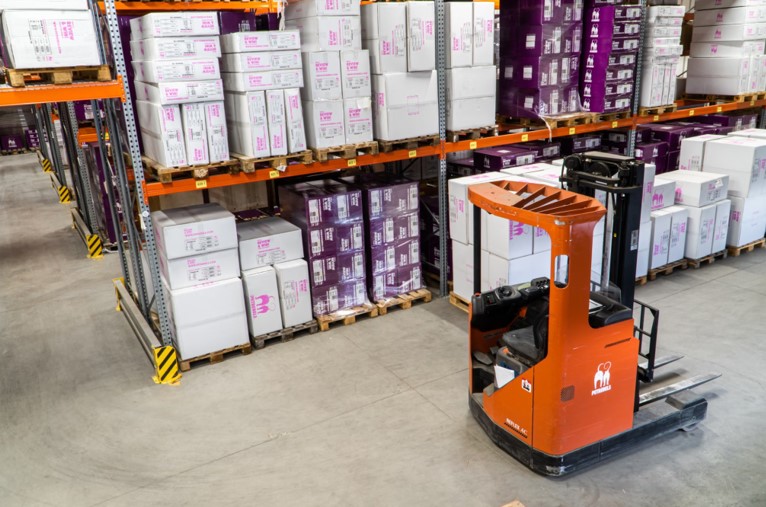When your storage needs exceed what your current space can handle, finding extra storage becomes crucial. Whether you're dealing with overflowing closets, a cluttered garage, or just need to organize your belongings more efficiently, understanding your options for additional storage is essential. This guide will walk you through everything you need to know to make informed decisions about getting extra storage solutions that best suit your needs.
Assessing Your Storage Needs
The first step in acquiring extra storage is to assess exactly what you need to store. Take a thorough inventory of your belongings and categorize them based on frequency of use and size. This assessment will help you determine the type and amount of storage space required. For instance, bulky items might require larger spaces like storage units or sheds, while seasonal clothing could be stored in smaller, more accessible containers. To determine the appropriate storage unit size for your needs, consider using an online self-storage calculator. These tools allow you to input the items you plan to store and provide an estimate of the necessary space, ensuring you select the most efficient storage.
Choosing the Right Storage Solutions
With your needs identified, it's time to explore different storage solutions available to you. Options range from traditional storage facilities to modern alternatives like portable storage containers and self-storage units. Consider factors such as convenience, cost, and security when making your choice. Portable containers offer flexibility and on-demand access, while storage units provide varying sizes and security features based on your location.
Accessibility and Convenience
When selecting a storage solution, prioritize accessibility based on your needs. Portable storage containers offer the advantage of on-demand access right at your doorstep, eliminating the need for transportation to a remote facility. This convenience is particularly beneficial for items you may need to retrieve frequently or on short notice, such as seasonal decorations or sports equipment. On the other hand, traditional storage units provide secure, centralized storage with varying levels of access control and operating hours, which may better suit long-term storage needs.
Security Features
Assess the security measures in place at the storage facility or within the storage container. Look for features such as surveillance cameras, gated access with electronic keypads, and well-lit premises to deter unauthorized access and ensure the safety of your belongings. Some facilities also offer climate-controlled units to protect sensitive items from extreme temperatures and humidity, which is crucial for preserving furniture, electronics, and documents over extended periods.
Cost Considerations
Compare the costs associated with different storage solutions, including rental fees, insurance premiums, and any additional charges for amenities like climate control or extended access hours. Portable storage containers often provide cost-effective options with flexible rental terms, allowing you to adjust storage capacity as needed without long-term commitments. Traditional storage units may offer promotional discounts or incentives for longer lease agreements, so carefully evaluate the total cost over your anticipated storage duration to make an economical choice.
Customer Reviews and Recommendations
Research customer reviews and seek recommendations from friends or colleagues who have used similar storage solutions. Reading about others' experiences can provide valuable insights into the reliability of the storage provider, quality of customer service, and overall satisfaction with the storage solution. Pay attention to feedback regarding cleanliness, maintenance of facilities, and responsiveness to issues, as these factors can significantly impact your experience and peace of mind when storing valuable or sentimental items.
Renting a Storage Unit
Renting a storage unit is a popular choice for those needing secure, off-site storage. Begin by researching facilities in your area that offer units of suitable size and security features. Visit potential facilities to inspect cleanliness, security measures, and climate control options, if necessary. Furthermore, Self Storage Units can provide secure and accessible options tailored to your specific needs. Ensure the contract terms align with your needs, including rental duration, access hours, and insurance coverage for stored items.
Organizing Your Storage Space
Once you've secured extra storage, the next challenge is organizing it effectively. Maximize space by using shelving, stackable containers, and labels to keep items accessible and visible. Consider using storage solutions that allow for easy reorganization as your needs change over time. Group similar items together and prioritize access based on frequency of use to streamline retrieval and minimize clutter.
Maintaining Your Storage Solution
Regular maintenance of your storage solution is key to preserving the condition of your belongings. Implement a schedule to inspect stored items for damage, pests, or signs of deterioration. Keep the storage environment clean and free from moisture by using appropriate storage containers and climate control options if available. Review insurance coverage periodically to ensure adequate protection against unforeseen events.
Acquiring extra storage is a practical solution for managing overflow and organizing your living spaces efficiently. By assessing your needs, choosing the right storage solution, and organizing effectively, you can create a functional storage system tailored to your requirements. Regular maintenance and careful organization will help sustain the integrity of your stored items over time. Whether you opt for a traditional storage unit, portable container, or other innovative solutions, taking proactive steps to manage your belongings will enhance your living environment and simplify your daily life.










